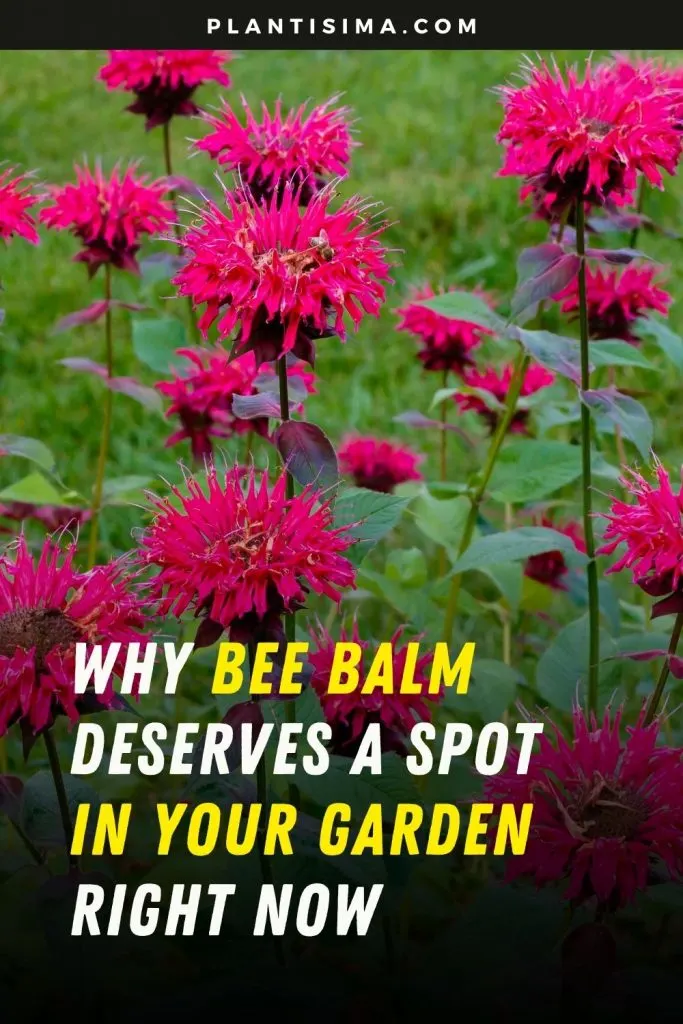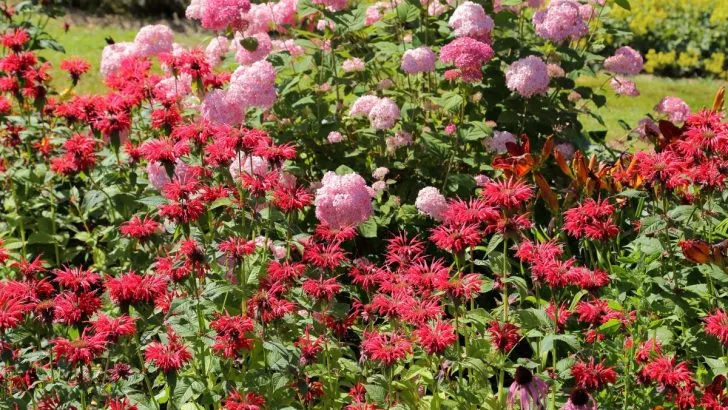As environmental concerns grow and bee populations decline, many people are searching for ways to make a positive impact on their ecosystems. One simple but impactful way is by growing bee balm (Monarda spp.) in your garden.
This vibrant, versatile plant not only beautifies your space but also plays a critical role in supporting pollinators and fostering ecological health.
Why Bee Balm is a Garden Must-Have
Bee balm, also known as wild bergamot or Oswego tea, belongs to the mint family and is prized for its striking blooms that come in shades of red, pink, and purple.
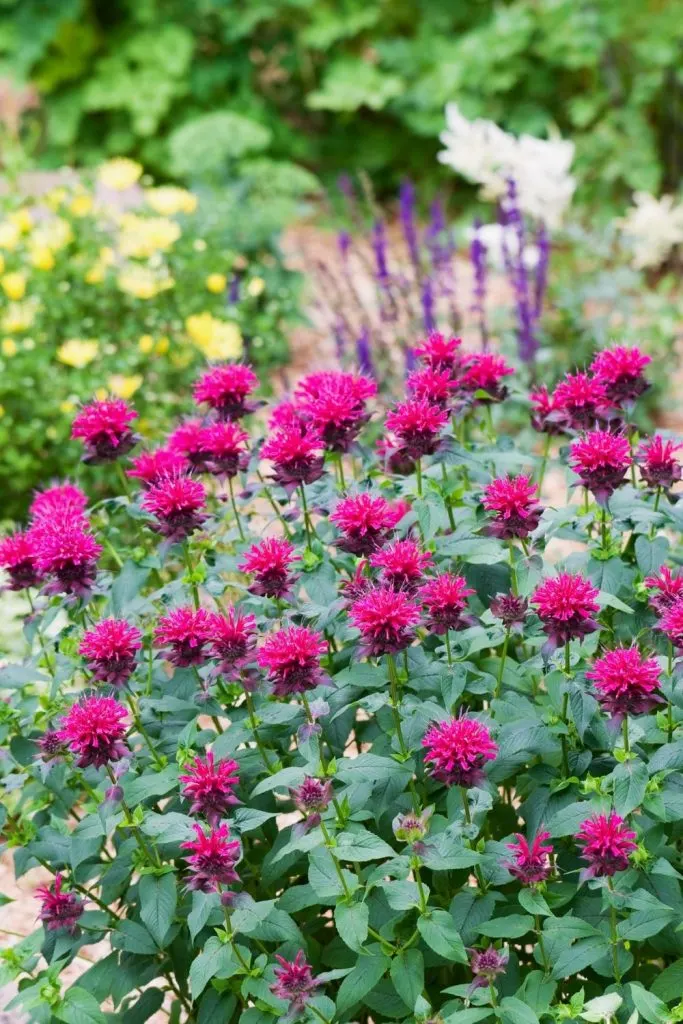
These tubular flowers are clustered together, creating an eye-catching display that delights both people and pollinators alike.
A Haven for Pollinators
Bee balm’s most compelling feature is its ability to attract pollinators. Bees, butterflies, hummingbirds, and other beneficial insects flock to the nectar-rich blooms. As these creatures gather nectar, they inadvertently transfer pollen from one flower to another, aiding in plant reproduction.
This process is vital for the survival of many fruits and vegetables, making bee balm a true ally for gardeners and farmers.
Supporting Local Biodiversity
By planting bee balm, you can actively contribute to the biodiversity of your local ecosystem. The flowers not only attract pollinators but also encourage the proliferation of nearby plants. This leads to a healthier, more diverse plant community that supports a wider range of wildlife.
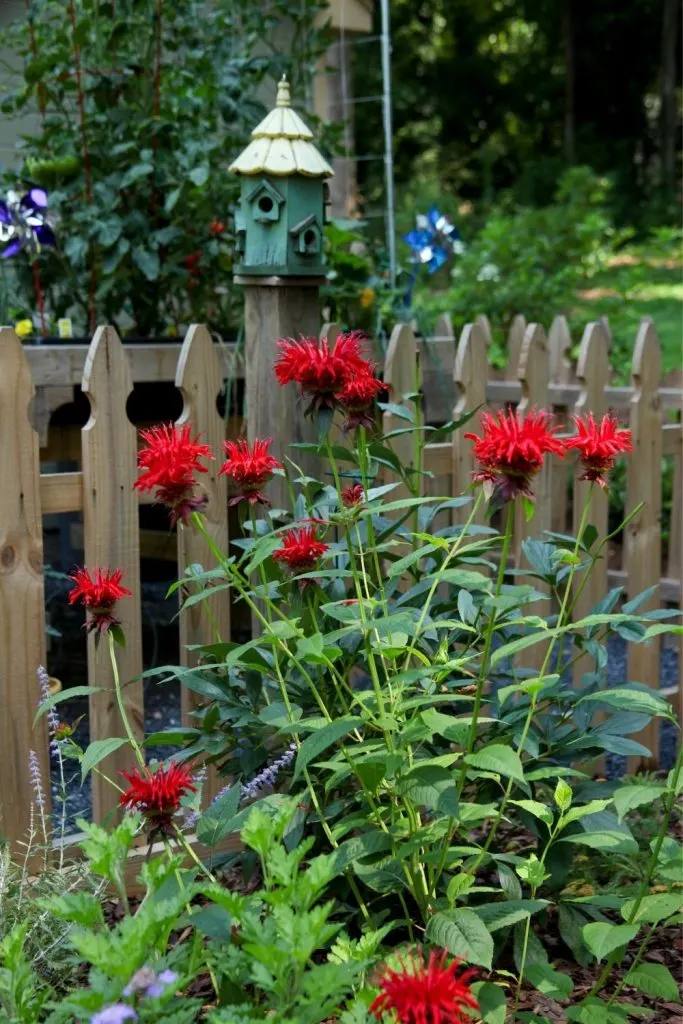
A thriving ecosystem is crucial for maintaining nature’s balance and ensuring the well-being of various species, from insects to birds.
Easy to Grow, Low-Maintenance Beauty
One of the best things about bee balm is that it’s relatively easy to care for. It adapts well to various growing conditions, thriving in both full sunlight and partial shade. Bee balm is also tolerant of different soil types, though it generally prefers well-drained soil.
Once established, the plant requires minimal watering, making it a perfect choice for gardeners looking to enjoy beauty without much effort.
Culinary and Medicinal Uses
Bee balm isn’t just good for the environment—it also offers practical benefits for people. The leaves of certain bee balm varieties can be brewed into a delicious herbal tea with citrus and mint flavors.
This tea isn’t just tasty; it’s also known for its potential health benefits, such as easing digestive issues and reducing stress.
Step-by-Step Guide to Growing Bee Balm in Your Garden
Ready to add bee balm to your garden? Follow these steps to ensure successful growth and create a pollinator-friendly environment.
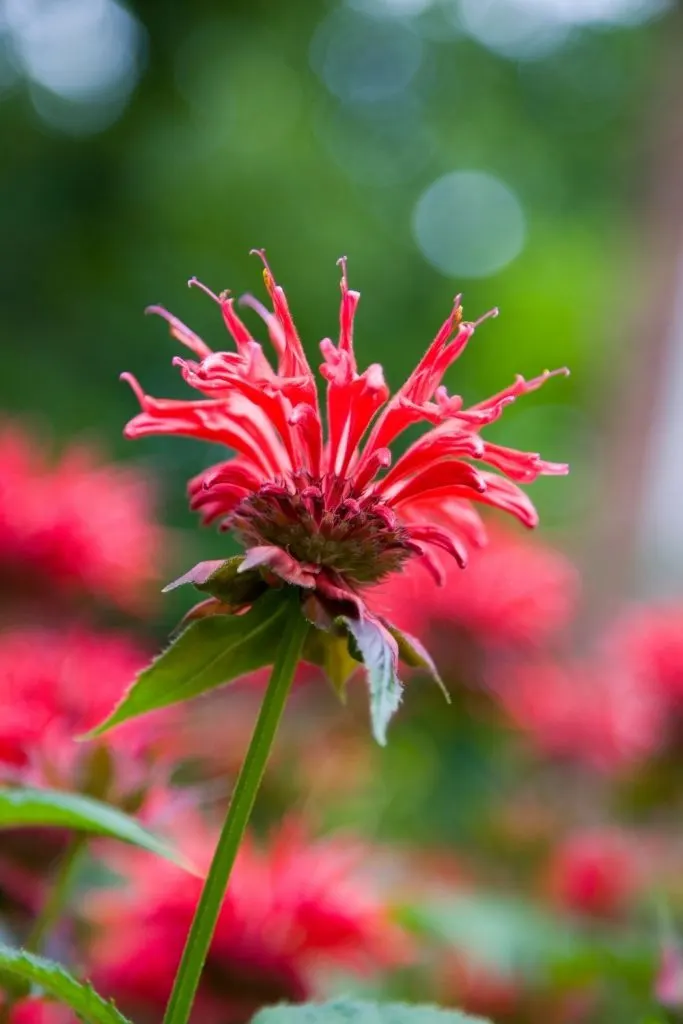
1. Choose the Perfect Spot
Pick a location in your garden that receives at least 4-6 hours of direct sunlight per day. While bee balm can tolerate partial shade, too much shade may result in fewer blooms and weaker plants. Consider the layout of your garden and make sure the spot isn’t overshadowed by larger plants.
2. Prepare the Soil
Bee balm thrives in well-drained soil rich in organic matter. If your soil is heavy or clay-like, amend it with compost or well-rotted manure to improve its structure and drainage. Adding mulch around the plants can help retain moisture and suppress weeds once they’re established.
3. Select Your Bee Balm Variety
There are several types and cultivars of bee balm, each with unique colors and growth habits. Choose the variety that best suits your aesthetic preferences and growing conditions.
Popular varieties include Monarda didyma (Scarlet Bee Balm), Monarda fistulosa (Wild Bergamot), and Monarda citriodora (Lemon Bee Balm).
4. Planting Bee Balm
• From Seed: If starting from seeds, sow them indoors 6-8 weeks before the last frost. Gently press the seeds into a seed-starting mix and keep them evenly moist. Once the seedlings have a few leaves, transplant them outdoors after the danger of frost has passed.
• Transplants: You can also purchase young bee balm plants from a local nursery. Plant them outdoors after the last frost, following the spacing recommendations for your variety. Typically, bee balm plants should be spaced 18-24 inches apart.
5. Watering and Care
• New Plants: Water newly planted bee balm regularly to keep the soil evenly moist but not waterlogged. This helps the plants establish their root systems. Water in the morning to allow excess moisture to evaporate during the day, reducing the risk of fungal diseases.
• Mature Plants: Once established, bee balm is relatively low-maintenance. Water during dry spells, but avoid overwatering, as the plant is susceptible to root rot if left in standing water.
6. Deadheading and Pruning
To encourage continuous blooming and maintain a neat appearance, deadhead spent flowers regularly. This prevents the plant from diverting energy to seed production and instead directs resources toward new growth and more blooms. In late fall or early spring, cut the stems back to a few inches above the ground to promote healthy new growth.
7. Dividing Bee Balm
Every 3 to 4 years, divide your bee balm to prevent overcrowding and maintain its vitality. Dig up the clump of plants and carefully separate them into smaller sections, ensuring each section has a good portion of roots. Replant the divisions at the same depth they were previously growing.
8. Enjoy the Beauty and the Buzz
As your bee balm grows and blooms, take time to enjoy the pollinators it attracts. Watch as bees, butterflies, and hummingbirds visit the flowers, performing the essential task of pollination. Seeing nature in action firsthand can be a rewarding and educational experience.
By planting bee balm, you’re not just adding beauty to your garden—you’re also playing a vital role in supporting the health of pollinators and contributing to a more sustainable ecosystem. The rewards are both visual and ecological, making it a choice that benefits everyone.
